How Figma is Revolutionizing Design for the Better
Figma is a cloud-based platform for designing software and websites. It's changing the way design teams collaborate, enabling them to work more efficiently and with greater agility to create high-quality products. This blog post will explore how Figma is revolutionizing how designers create digital products.

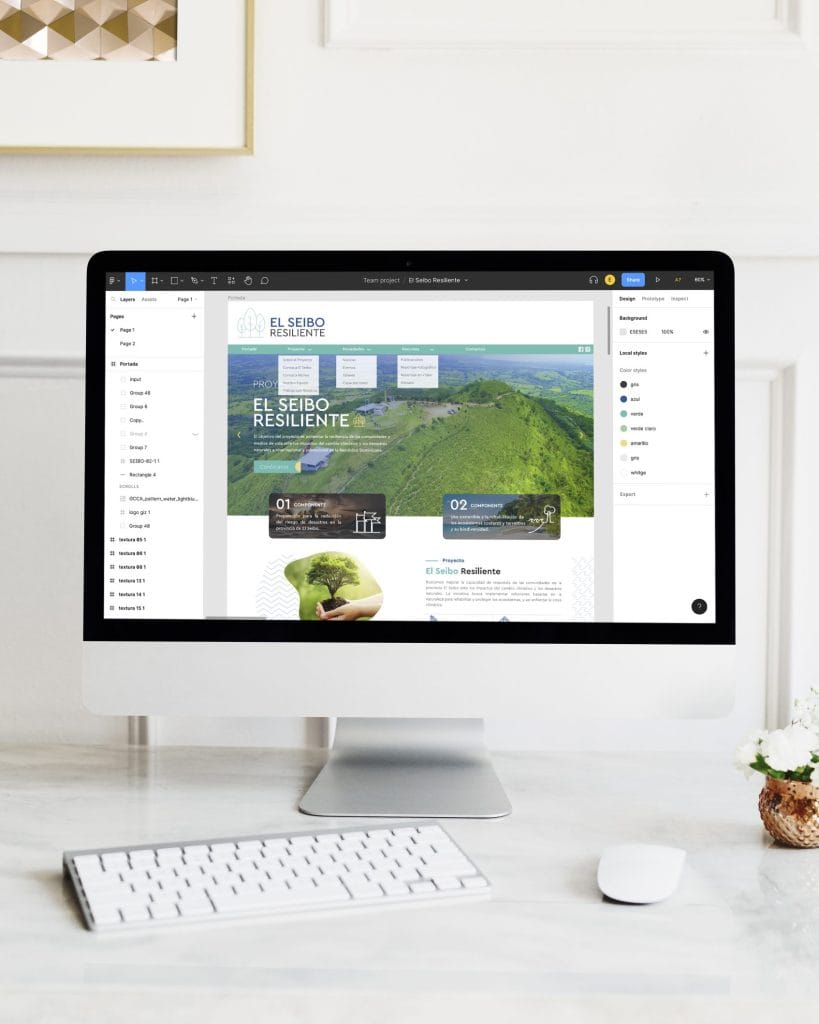
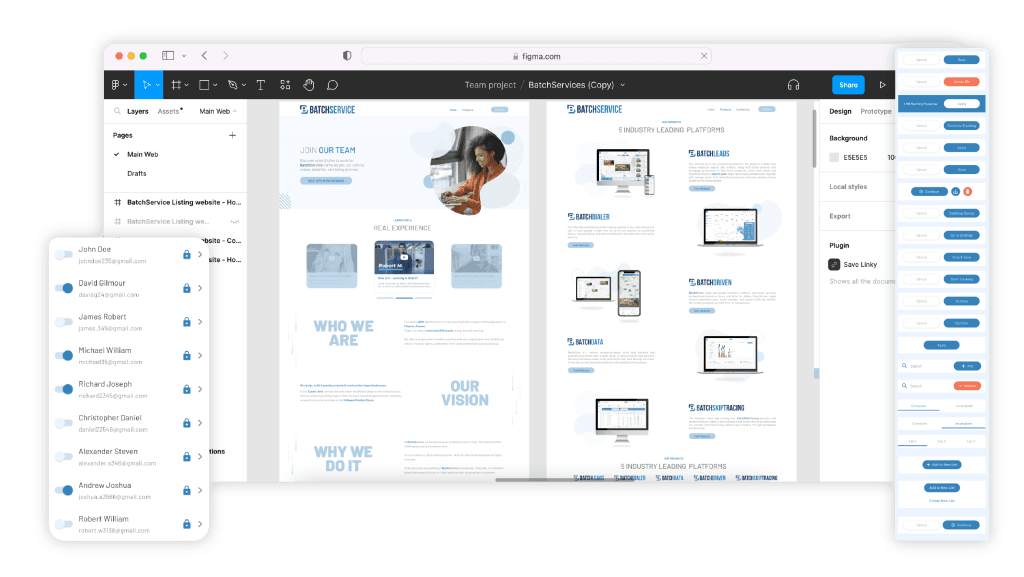
Figma stands out from other design platforms because it enables designers to work together in real time. This means that designers can see each other’s changes as they happen, making collaboration easier than ever before.
This also means that teams can quickly adjust their designs based on feedback without waiting for emails or file transfers. Additionally, since Figma is a cloud-based platform, all of your files are stored securely online, so they will never be lost or corrupted.
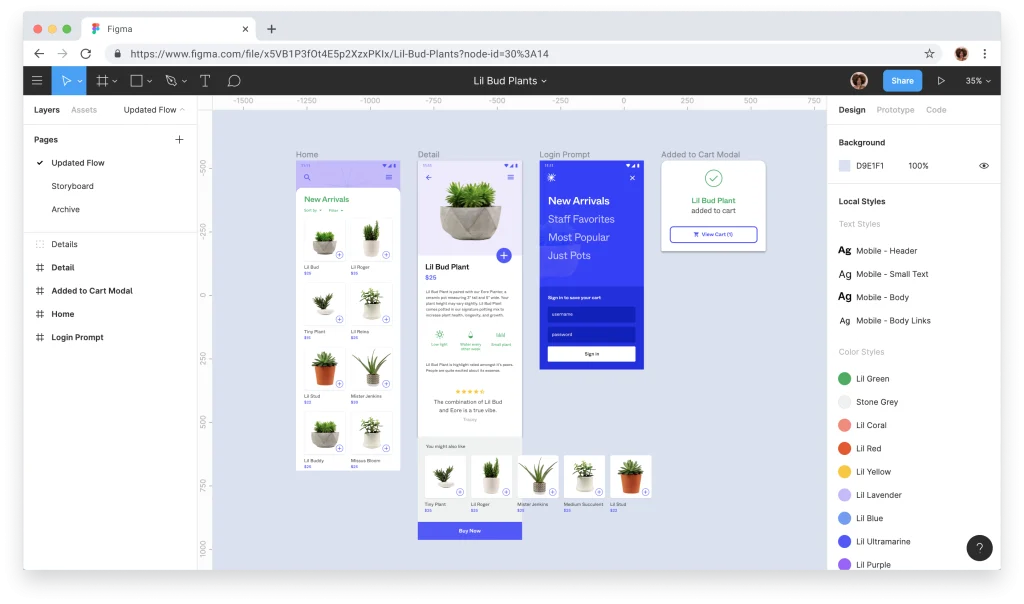
Figma also makes it easy for non-designers to give feedback on designs. With its easy-to-use commenting tools and built-in version control system, anyone can quickly point out problems or suggest adjustments with just a few clicks of the mouse. This further speeds up the design process since there’s no need for lengthy back-and-forth conversations about minor details!
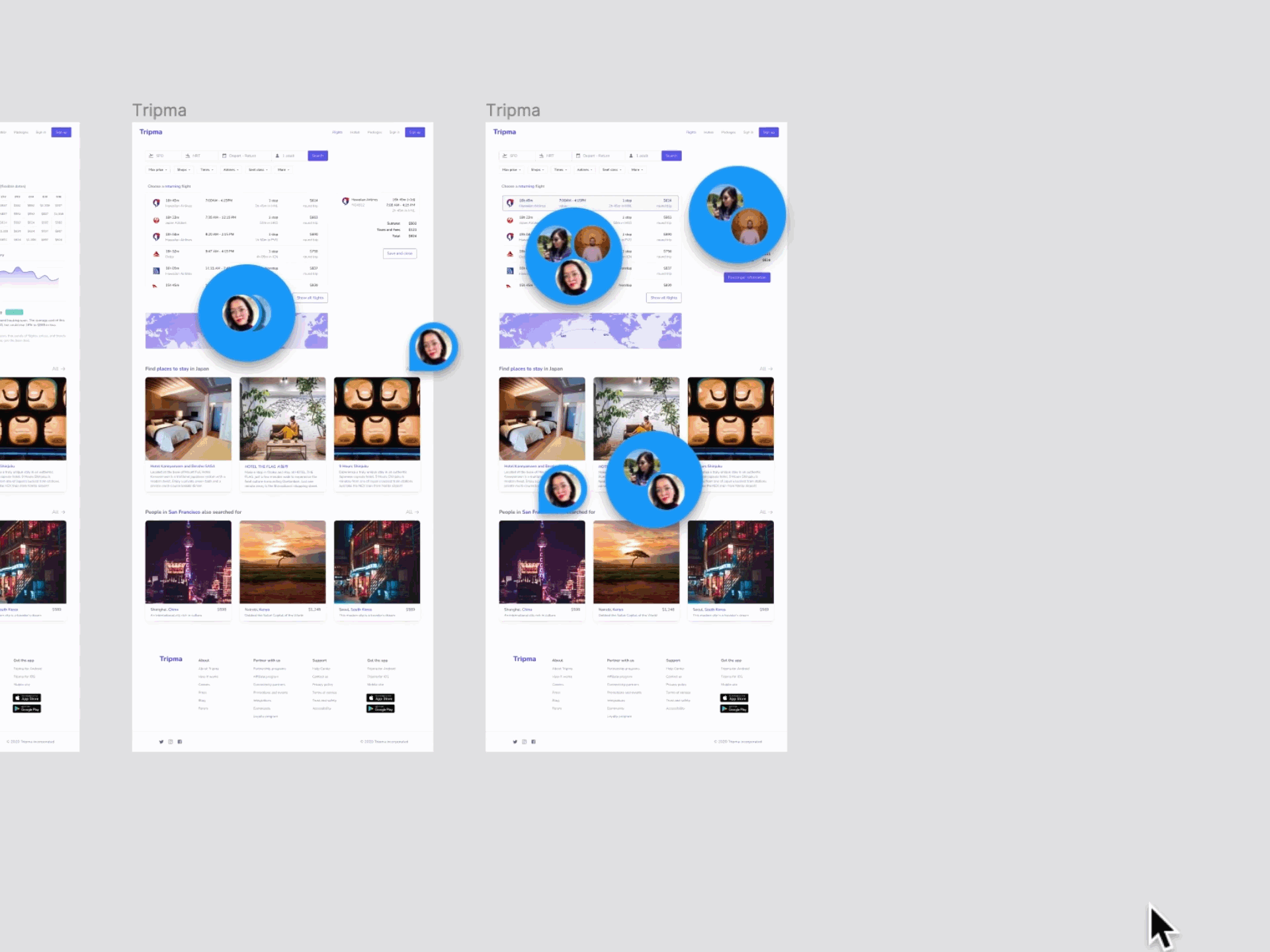
Another great feature of Figma is its expansive library of components and plugins. The library contains hundreds of pre-built elements like buttons, icons, and layouts that can quickly be dropped into any design. These components can save hours of time when creating complex designs since you don’t have to build every element from scratch anymore! Plus, Figma allows users to easily share their own components with others so everyone on the team can benefit from each other’s work.
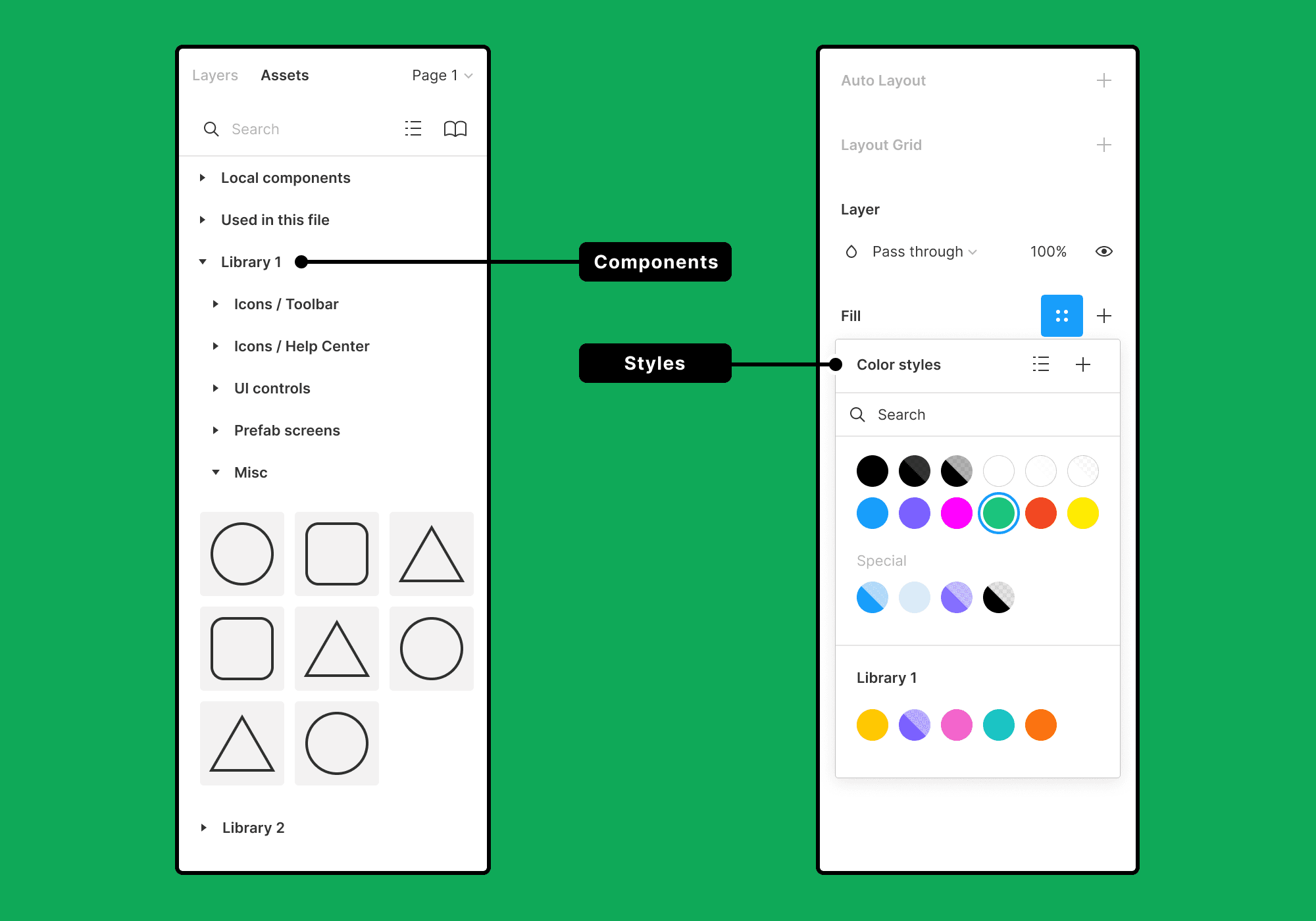
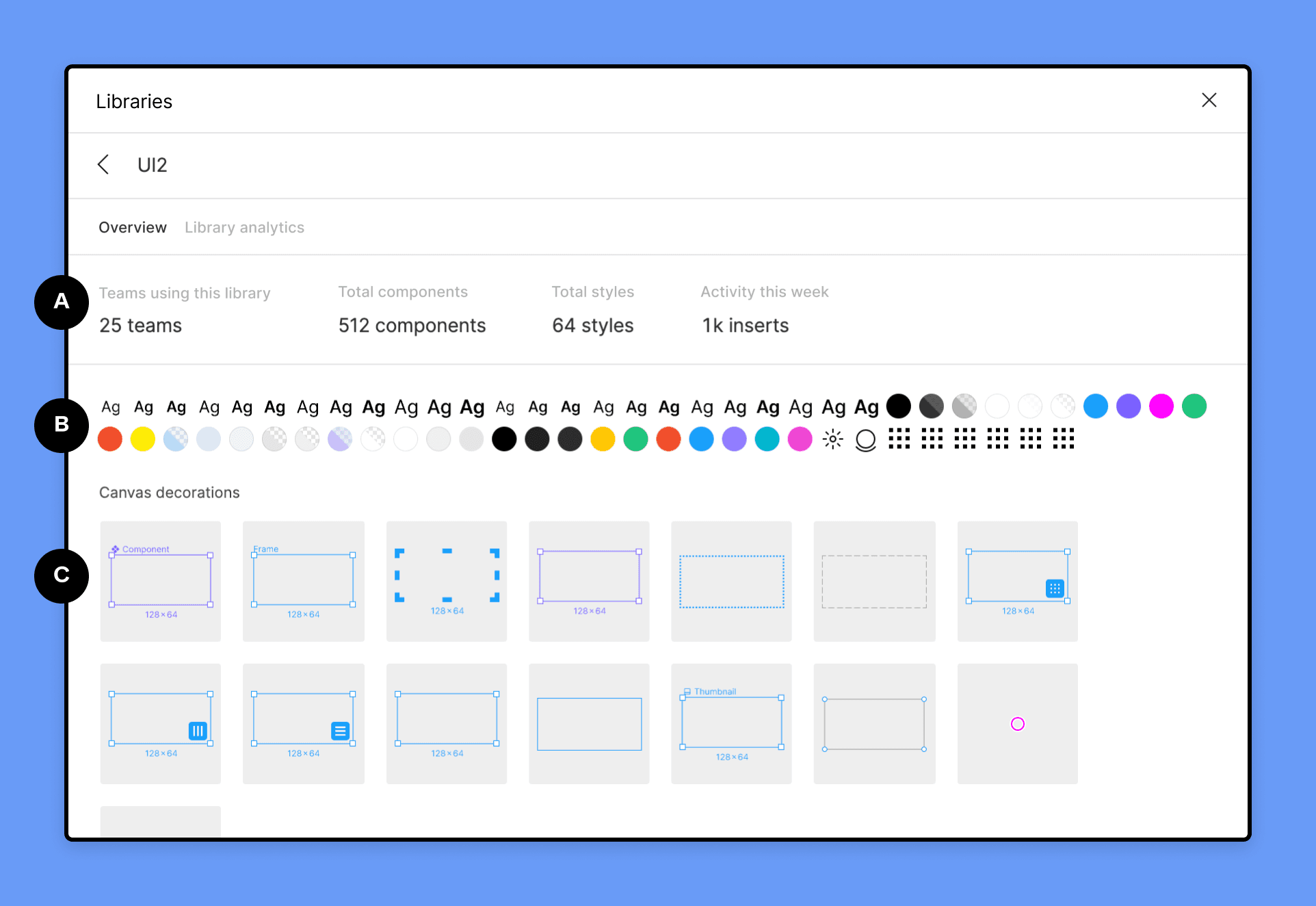
History
Figma has been around since 2012 and was founded by Dylan Field and Evan Wallace. Initially, the platform was developed to solve the problem of designers creating designs without a way to collaborate with each other in real time. As the platform evolved, more features were added that allowed for version control, commenting tools, and many other features that made it easy for teams to work together efficiently.


The first release of Figma was launched in 2014 as an invite-only beta. By 2015, it had grown rapidly in popularity and quickly become one of the most popular design platforms. In 2016, Figma introduced its patent-pending Vector Network technology, which vastly improved the performance of complex designs by allowing users to make changes across multiple layers easily. This release also included support for plugins, enabling developers to create custom tools that could be used within Figma.
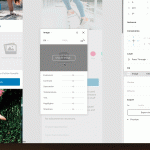
Adobe Acquisition
On September 15, 2022, Adobe (Nasdaq: ADBE) announced the groundbreaking acquisition of Figma - a premiere web-first collaborative design platform - for an outstanding sum of $20 billion in cash and stock. The unparalleled integration of these two titans will revolutionize the industry as we know it with never before seen levels of collaborative creativity.

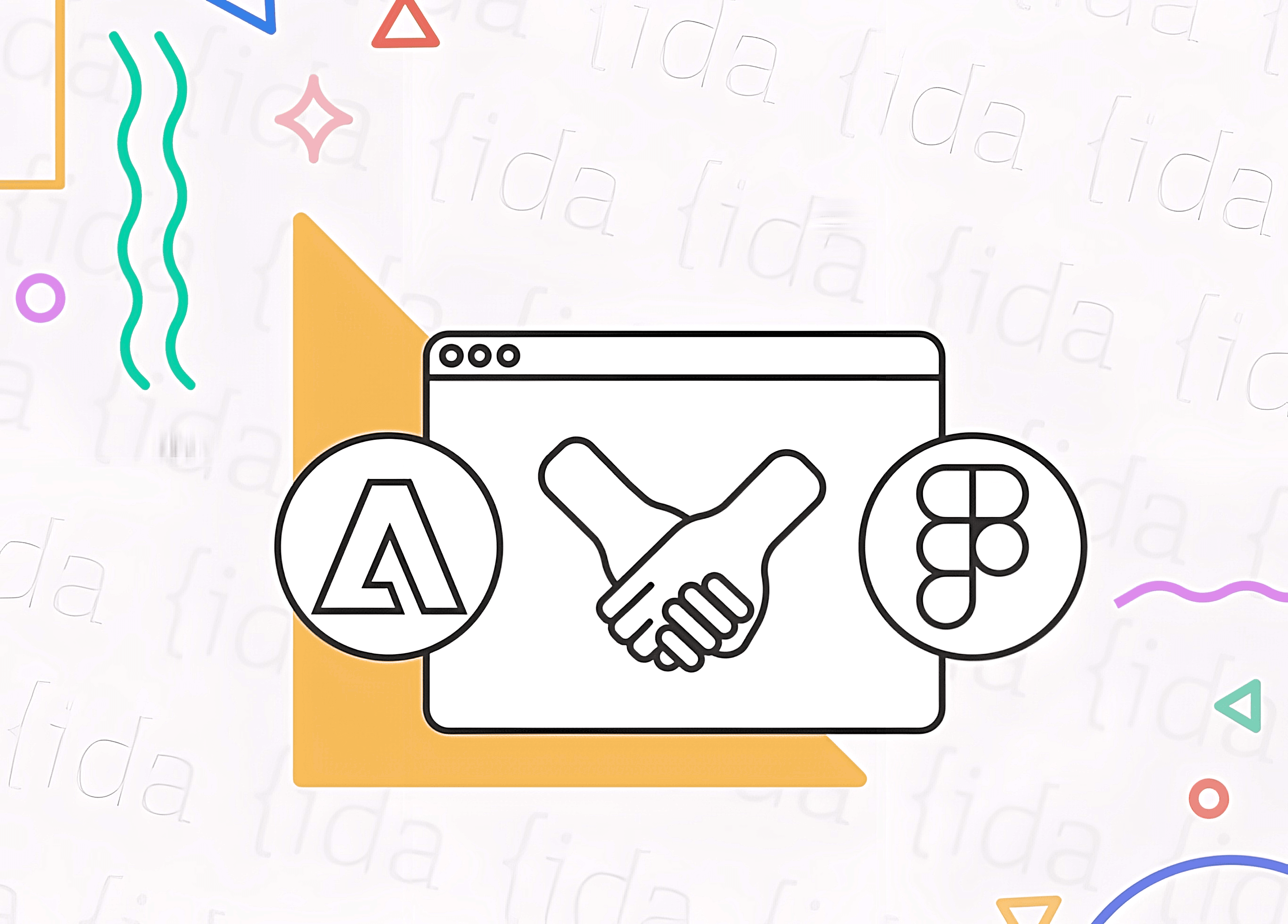
Adobe is devoted to transforming the world through digital experiences, and its tools and platforms are used by millions of people daily. Whether it's revolutionizing imaging with Photoshop; creating electronic documents via PDF; or establishing the digital marketing category with Adobe Experience Cloud, Adobe has been inventing and reshaping categories for decades. Similarly, Figma seeks to empower teams worldwide by facilitating visual collaboration and making design accessible for everyone.
By joining forces, Adobe and Figma will rethink the potential of creativity and efficiency, further improve web-based product design, motivate creative people worldwide, as well as provide customers with tremendous value. The amalgamated company has a massive opportunity for growth that is increasing rapidly and can bring significant advantages to its shareholders and the industry at large.
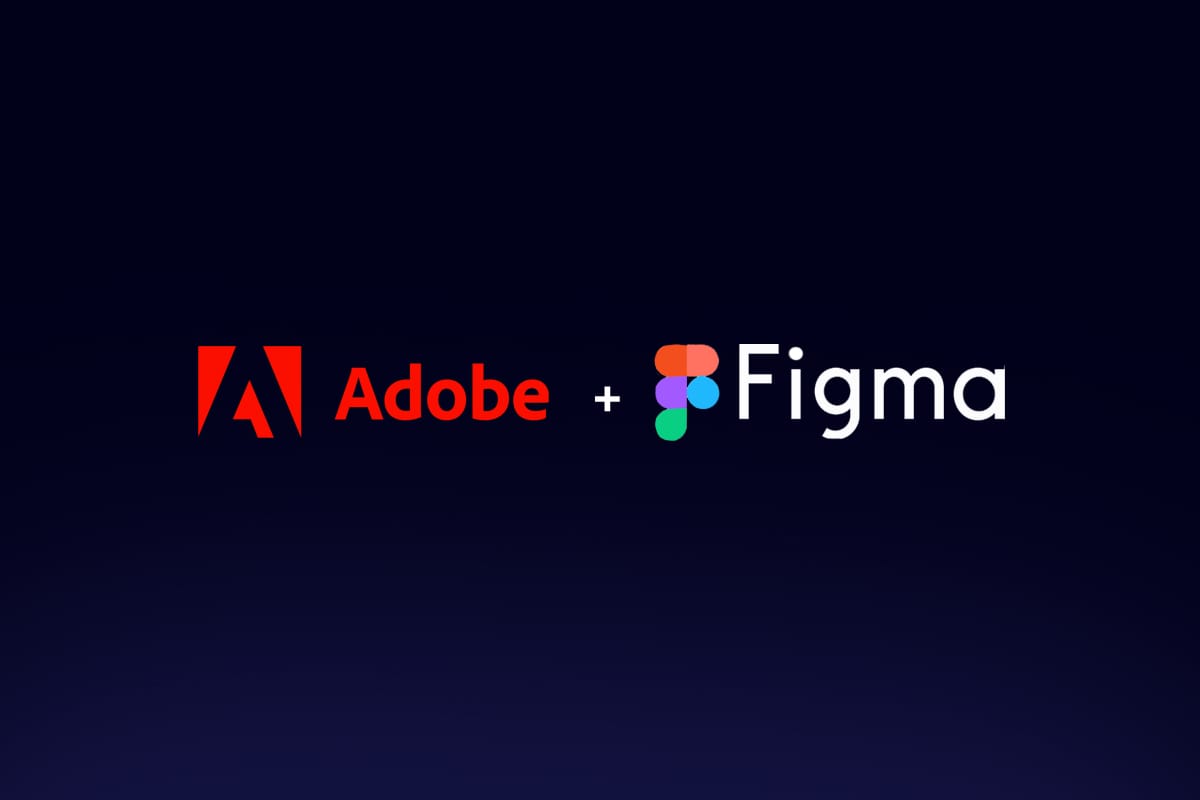
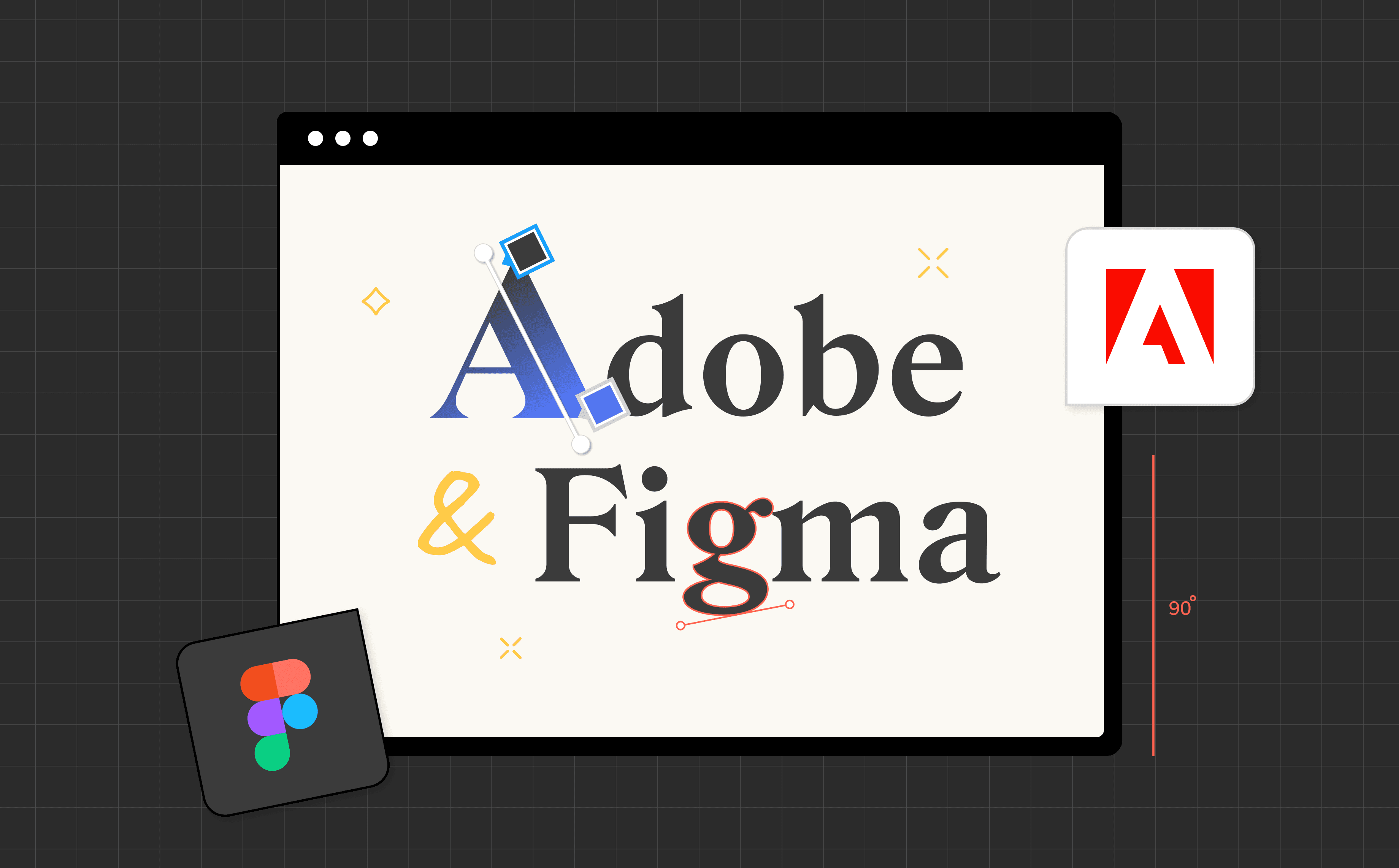
Another type of working arrangement is hybrid working, which combines elements from traditional office-based jobs and remote setups. In this model, some employees can work remotely while others share office space on a rotating basis. This enables businesses to maintain operational continuity while taking advantage of the cost savings associated with fewer physical premises.
It also offers staff members greater freedom over their schedules by allowing them to alternate between remote and office-based working depending on their preferences or life circumstances.


Conclusion
Figma is revolutionizing the way designers create digital products by enabling them to collaborate in real-time and giving non-designers an easy way to provide feedback on designs quickly and efficiently. Its expansive library of components and plugins also makes it easier than ever before to create complex designs without having to start from scratch every time. Suppose you’re looking for a robust platform enabling your team to collaborate better and produce higher-quality designs faster than ever before. In that case, you should definitely give Figma a try!